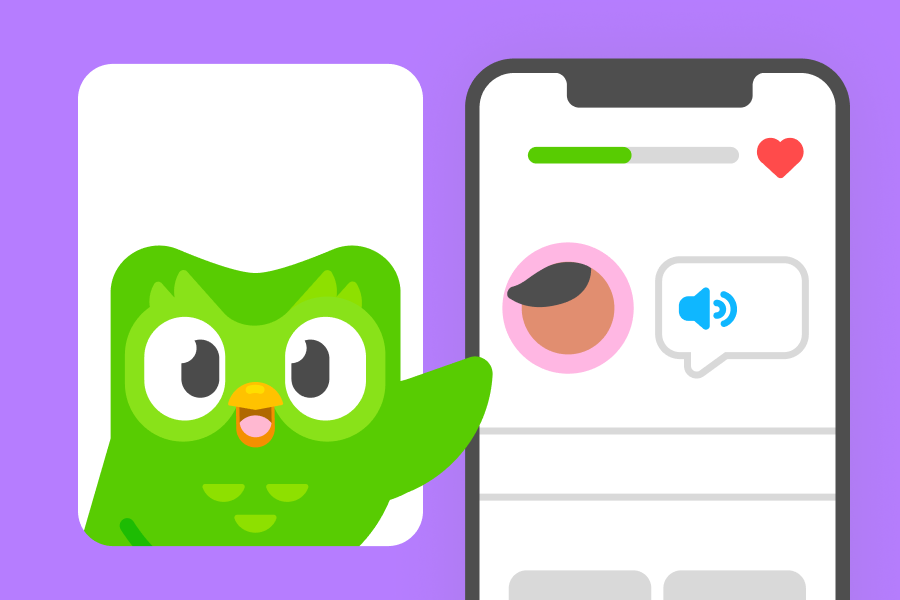Duolingo gives you all the tools you need to learn a language for free: There are speaking lessons, bite-sized Stories for reading and listening practice, a Practice Hub, a reading tab for languages with other writing systems, and even an AI-powered chatbot for conversation practice!
You’re already holding all these features in the palm of your hand—and here’s how to use them to learn a new language.
Tip 1: Invest in your learning
Learning a language takes a long time, especially if you want to reach advanced levels—so set aside enough time to invest in your new skill! The more lessons you do, the more you learn, which means to see the best results, you’ll want to spend quality time focused on completing several lessons at a time.
(Yes… that means turning off the playlist you’re listening to or the show you’re watching in the background, and doing more than just enough to keep your streak alive! 😅)
Tip 2: Focus on new lessons
Your Duolingo language course includes a mix of new lessons, in the main learning “path,” and opportunities for extra practice in your personalized Practice Hub. To maximize your learning, be sure you’re spending most of your time on *new* content! This will help push you forward and keep you learning the vocabulary and grammar you need to communicate.
It’s normal to feel like you want to keep practicing until you reach “perfection”—whatever that is 😏—but the best thing for your learning is to push yourself to your learning limit!
Tip 3: Turn the volume up
Most learners find listening to a new language more challenging than reading it, but if you want to have real conversations, be sure to keep the sound on! You’ll want to give your ear every chance to learn the rhythm and sounds of the language, and with Duolingo, you can replay sentences and dialogues as many times as you need until you feel comfortable.
Pro tip: Repeat the words and sentences out loud on your own, regardless of the lesson type!
Tip 4: Speak every chance you get
There are lots of speaking lessons built right into your Duolingo course—but your speaking practice doesn’t have to end there! You’ll find speaking-focused review lessons in your Practice Hub, many lessons have a microphone option to replace typing your response, and Duolingo Max subscribers can chat with Lily in video calls with our Lily chatbot!
Duolingo gives you control of your learning!
With Duolingo, you’ve got everything you need to learn the language you want, when you want, how you want. And by using these tips, you’ll see results in as little as five weeks 💪
